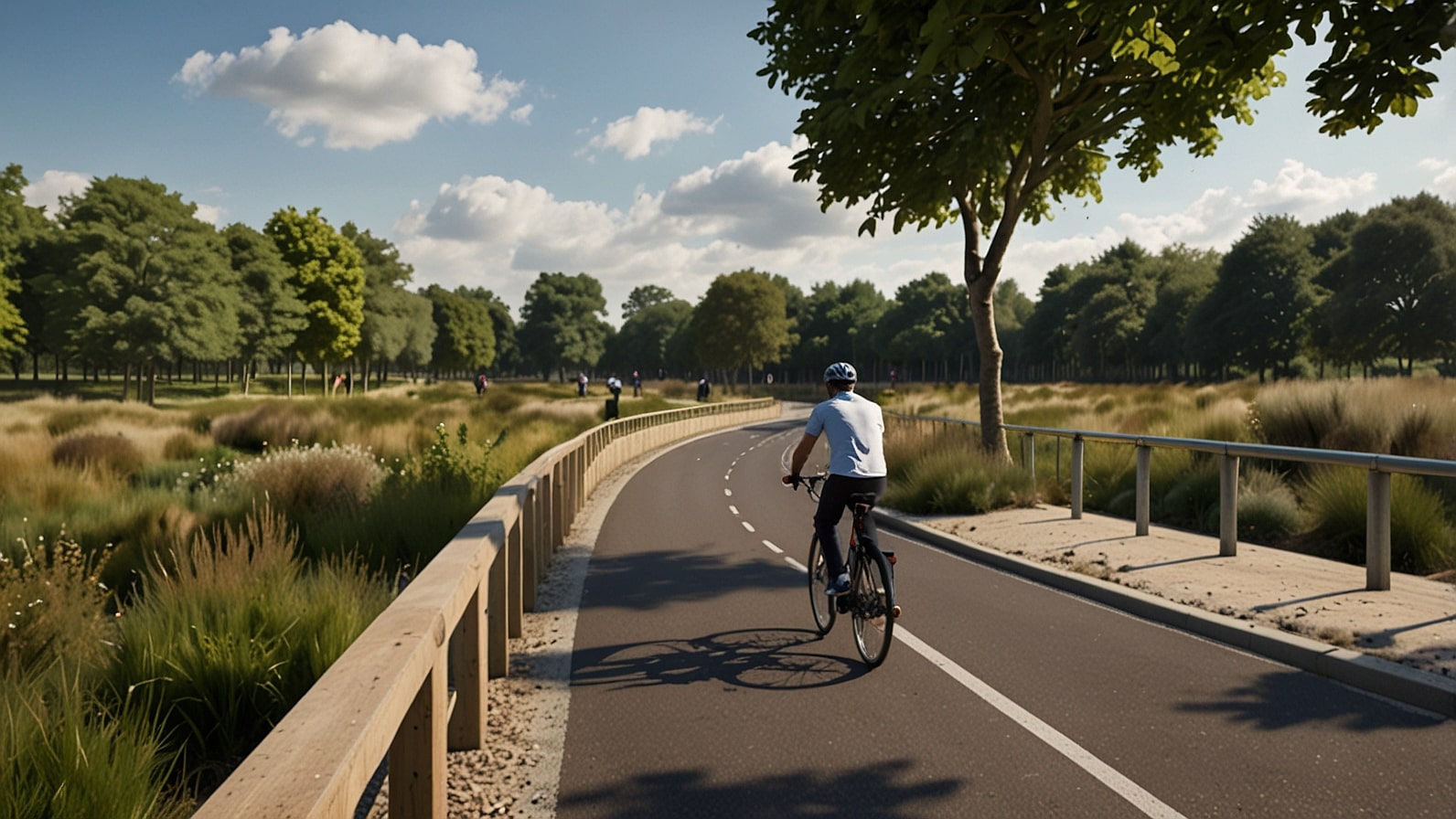A12 Woodbridge Suffolk Diversion
A12 is a transport artery that runs through Eastern England, connecting London and seaside towns in Suffolk and Norfolk. As a trunk road in the village of Woodbridge in the county of Suffolk, the A12 has been upgraded and diverted several times over the years to cope with increasing traffic and improve safety, and to relieve congestion in historic town centres.
Historical Context and Need for Diversions
Woodbridge is a historical market town whose lanes and internal orientation do not support excellent circulation of the modern traffic. The original A12 route occurred along the town centre, which commonly caused delays and disagreement between the local and through traffic. To tackle such difficulties, a bypass around Woodbridge was first built in the early 20th century, at the time one of the first on the A12, and it opened around the early 1930s. The bypass allowed the redirection of long-distance travellers off the residential streets and saved the character of the town without increasing the travel time.
Since the traffic grew along with the economies and growth in car ownership in the second half of the twentieth century, new places and upgrades were needed. By the 1980s, a dual carriageway extending along part of the route between Kesgrave and the Woodbridge bypass was completed, allowing an even better traffic flow and safety on this part of the A12. These diversion and road refinement stages were crucial in reducing traffic congestion in Woodbridge, as well as enhancing the east-west linkage in Suffolk.
New Demands of Diversion
Over the last few years, the increase in requirements for additional diversions and roadworks along the A12 at Woodbridge has been motivated by continuing maintenance reactions and improvements in infrastructure. At times, the roadworks may necessitate diversion, and this may affect the town’s traffic flow. As an illustration, when one road is in maintenance or closed, traffic is rerouted to another route, which may go through or close to Woodbridge.
They are needed to enable improvements essential to the A12 corridor as a whole, such as resurfacing roadways, improving junctions, enhancing safety, and maintaining the integrity of the A12 corridor. Nonetheless, the narrow nature of Woodbridge’s historic streets sometimes poses a challenge due to diversion since big vehicles have been known to cruise through inappropriate paths in town, leading to accidents such as lorries having problems in the city.
Some of the recent additions that have been done to infrastructure are in the form of new junctions, widening of some sections, and other details to fit in pedestrian and bicycle lanes. Such supplements are also designed to promote eco-friendly modes of transport and reduce the burden on the local community. Diversions related to such works are scheduled as best as it can be done, but sometimes you may need to divert during low traffic or even at night to cause minimal inconvenience.
Context: Lowestoft and Broader Suffolk
Although Woodbridge enjoys a bypass to ease traffic in the town centre, there are other areas of Suffolk in the A12 which have been enhanced further to the north, notably in and around Lowestoft. The A12 has been able to take modern single carriageway bypasses, with their lower speed limits and safety and environment orientated design, because of modern relief roads and newer river crossings, such as the Gull Wing Bridge which was completed in 2024. Such external interventions in Woodbridge illustrate the attempts of Suffolk County Council to balance the quality of transport and provide the protection of local living conditions and environment.
Collaboration among Law Enforcers
Management of the maintenance, punctuality and subsequent deviations to the A12 in the Suffolk region also covering Woodbridge is through a joint supervisor among national road agencies and the Suffolk County Council. Following the detrunking and localization of some sections of the A12, Suffolk Council assumes an important role in planning activities and establishing traffic management measures in the cases of a diversion or temporary road closure. Coordination is meant to guarantee effective traffic and communication of the people to minimise inconveniences during such periods.
Conclusion
In the past, diversions in the A12 at Woodbridge have been necessary to safeguard the nature of the town and its people whilst the need to have a flowing transport corridor has also been met. Road construction in the form of early bypass, later improvements of the roads, and recent maintenance works have all formed part of the construction of the current road network. Regular surveillance of the traffic status and proper utilization of diversion routes when required works are to take place would make Woodbridge and its vicinity to have its heritage and well networked.
To conclude, A12 Woodbridge Suffolk diversions are necessary and specifically needed during road improvement and maintenance operations to ensure that the traffic on roads is managed safe and efficiently, the historic town center disruption is kept to the minimum, and the road infrastructure is adjusted to the ever-changing transport demands. These diversionary measures form part and parcel of the continued management of one of the most significant roads in Eastern England.
